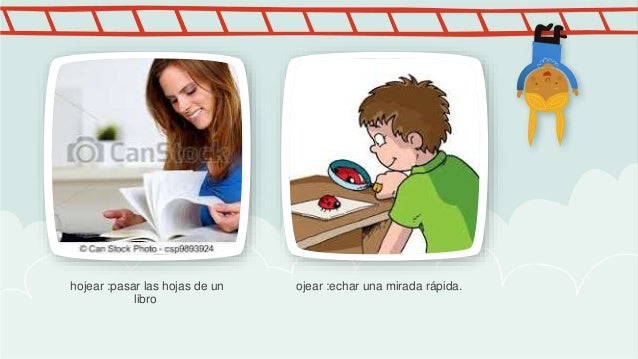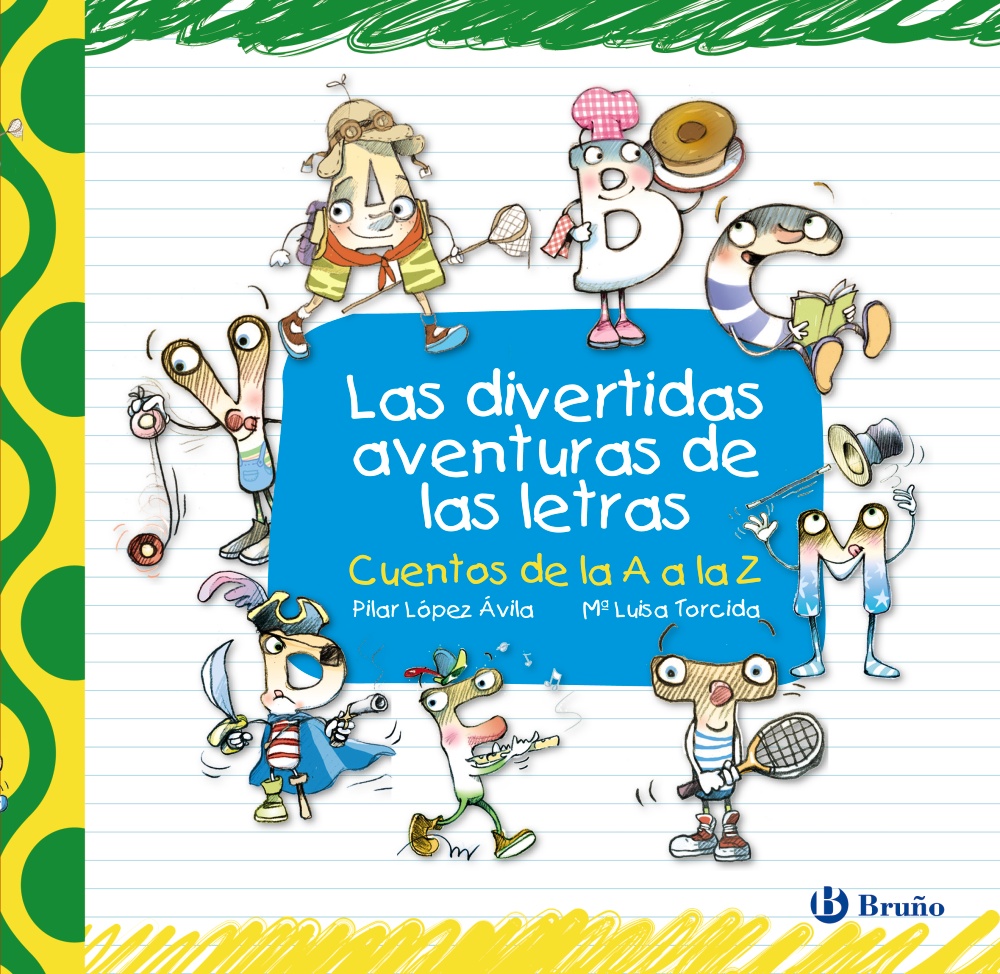En esta etapa de la escuela la mayoría de mis estudiantes están empezando a unir sonidos y creando sílabas, dándoles la posibilidad de leer por si mismos. Como profesional puedo acceder a muchos recursos y técnicas para poder mejorar sus habilidades lectoras, ¿pero qué ocurre en casa? Esta pregunta me la hago a diario, y la razón por la que comparto muchos enlaces e información a través de este blog, para ayudarles a ustedes -las familias- a seguir trabajando y colaborando desde casa (por favor, que sea siempre desde una perspectiva lúdica, que sea para ellos y para ustedes momentos de aprender y pasarlo bien juntos).
He encontrado este artículo: Listos para leer: Estimular la lectura en niños de 12 a 36, y me parece muy interesante poder compartir los puntos que se ofrecen, realizado por la Dra. Suzanne Dixon. A continuación, una traducción libre no comercial.
Transfórmate en un comentarista de noticias.
Relata al niño los detalles del día, lo que haces con él e incluso lo que estás leyendo en su presencia. Con ello, estableces un vínculo entre las palabras y los acontecimientos, es decir, le estás ayudando a aprender los elementos típicos de un cuento.
Transform yourself into a news reporter. Tell the child the details of the day, what he does with it, and even what he is reading in his presence. With this, you establish a link between words and events, that is, help them learn the typical elements of a story.
Hojea libros con ilustraciones junto al niño.
Desde muy temprana edad, comienza a mostrarle libros como objetos amenos y entretenidos.
Acepta los breves lapsos de atención de tu hijo; cada interacción de este tipo alentará en él el amor por los libros.
Read books with illustrations and pictures with your child. From an early age, parents should begin to show their children books as fun and entertaining objects. Accept the brief attention spans of your child; every interaction of this kind will encourage in him the love for books.
Observa, señala y luego identifica las imágenes.
Los niños pequeños, cuando se inician en el mundo literario, aprenden primero a dar vuelta las páginas, luego a mirar los dibujos en forma general, después a observar dichas imágenes conforme se nombran, a señalar posteriormente los dibujos indicados y, por último, a identificar las ilustraciones por sí mismos.
¿En qué tramo de ese recorrido se encuentra el niño? ¿Puedes impulsarlo a que dé el próximo paso? No le exijas si no está preparado, sin embargo, puedes motivarlo a que siga adelante en caso de haber desarrollado las capacidades adecuadas.
Observe, point and then identify the images. Young children, when they begin in the literary world, learn first to turn the pages, then to look at the drawings in a general way, then to observe these images as they are named, to indicate later the indicated drawings and, finally, to identify the illustrations by themselves.
In what part of that route is the child? Can you push him to take the next step? Do not demand it if you are not prepared, however, you can motivate him to move forward if he has developed the right skills.
Léele al niño sobre cosas cotidianas.
Lee las etiquetas de los alimentos, las señales de tráfico, los menús de los restaurantes. De esta forma, el niño asimila gradualmente la utilidad de las palabras, así como un creciente interés por ellas.
Read the child about everyday things. Read food labels, road signs, restaurant menus. In this way, the child gradually assimilates the usefulness of the words, as well as a growing interest in them.
Siempre lleva un libro contigo.
Pon uno o dos libros de cuentos en el bolso de los pañales y en el automóvil, para los bebés más crecidos o los niños pequeños. El hábito de llenar cada momento de su existencia con libros y tenerlos siempre a mano sirve para que ellos se acostumbren a verlos como una parte normal de sus vidas.
Put one or two story books in the diaper bag and in the car, for the older babies or small children. The habit of filling every moment of their existence with books and having them always at hand serves so that they get used to seeing them as a normal part of their lives.
Id juntos a la biblioteca.
Fija estas salidas con regularidad. Deja que el niño escoja un par de libros y tú también selecciona otros tantos. No te olvides de la hora del cuento. Incluso antes de que el niño pueda permanecer sentado durante todo el relato, él comienza a entender que ésta es una actividad especial y entretenida.
Fija estas salidas con regularidad. Deja que el niño escoja un par de libros y tú también selecciona otros tantos. No te olvides de la hora del cuento. Incluso antes de que el niño pueda permanecer sentado durante todo el relato, él comienza a entender que ésta es una actividad especial y entretenida.
Go to the library together. Fix these outputs regularly. Let the child choose a couple of books and you also select many others. Do not forget the story time. Even before the child can remain seated throughout the story, he begins to understand that this is a special and entertaining activity.
Solicita un carné de lector en la biblioteca.
En cuanto el niño cumpla 2 años, haz una visita especial con él a la biblioteca para solicitar su propio carné. Dale al carné un tratamiento acorde con su calidad de premio con una funda y un lugar especial donde guardarlo.
En cuanto el niño cumpla 2 años, haz una visita especial con él a la biblioteca para solicitar su propio carné. Dale al carné un tratamiento acorde con su calidad de premio con una funda y un lugar especial donde guardarlo.
Request a reader card in the library. As soon as the child turns 2, make a special visit with him to the library to request his own card. Give the card a treatment according to its award quality with a case and a special place to store it.
Aprende poesías y canciones.
Los niños experimentan con los sonidos del lenguaje que rima, lo que aumenta su interés por las palabras y los sonidos. Las poesías acompañadas de gestos ayudan a relacionar las acciones con las palabras que las identifican. La poesía infantil también estimula este conocimiento y amor por el lenguaje.
Los niños experimentan con los sonidos del lenguaje que rima, lo que aumenta su interés por las palabras y los sonidos. Las poesías acompañadas de gestos ayudan a relacionar las acciones con las palabras que las identifican. La poesía infantil también estimula este conocimiento y amor por el lenguaje.
Children experiment with the sounds of rhyming language, which increases their interest in words and sounds. The poems accompanied by gestures help to relate the actions with the words that identify them. Children's poetry also stimulates this knowledge and love for language.
Regala libros.
Cada vez que tengas la oportunidad, regala un libro a cada niño que conozcas. Luego hojea el libro junto al niño. Mantén esa biblioteca en un lugar especial, pero accesible.
Cada vez que tengas la oportunidad, regala un libro a cada niño que conozcas. Luego hojea el libro junto al niño. Mantén esa biblioteca en un lugar especial, pero accesible.
Give books. Each time you have the opportunity, give a book to each child you meet. Then leaf through the book with the child. Keep that library in a special place, but accessible.






No comments:
Post a Comment